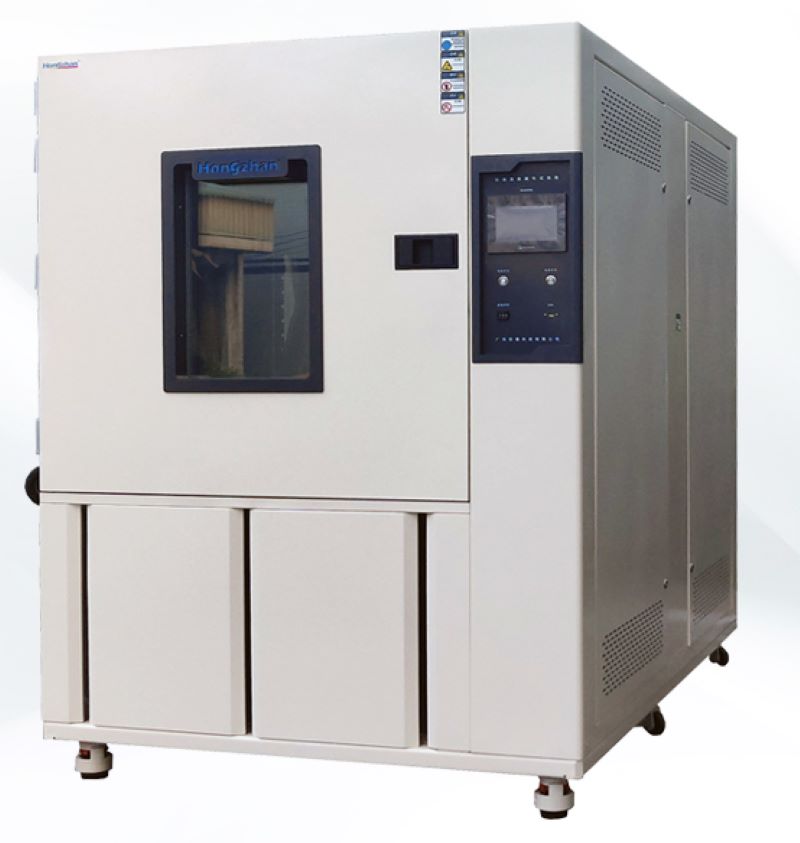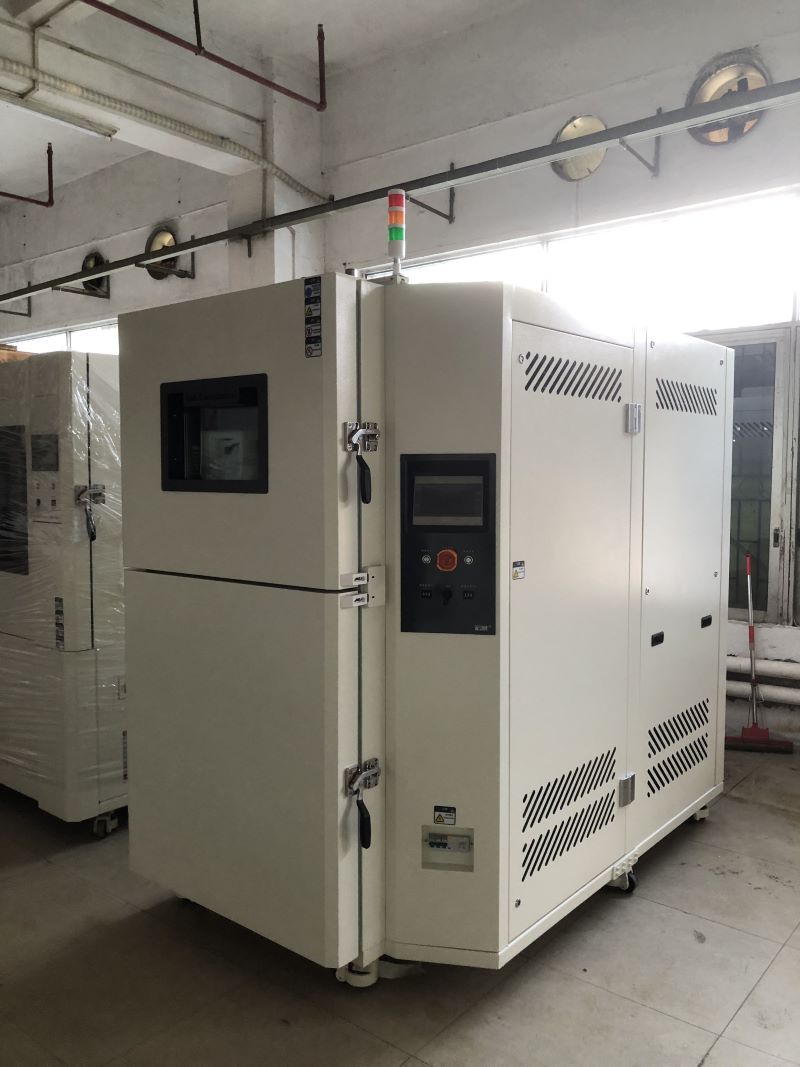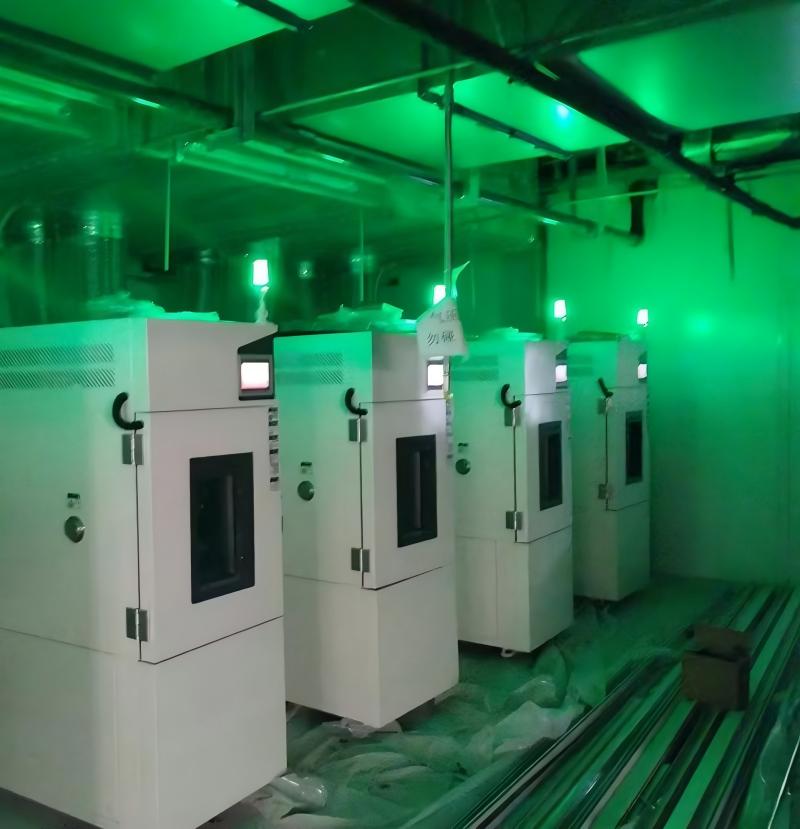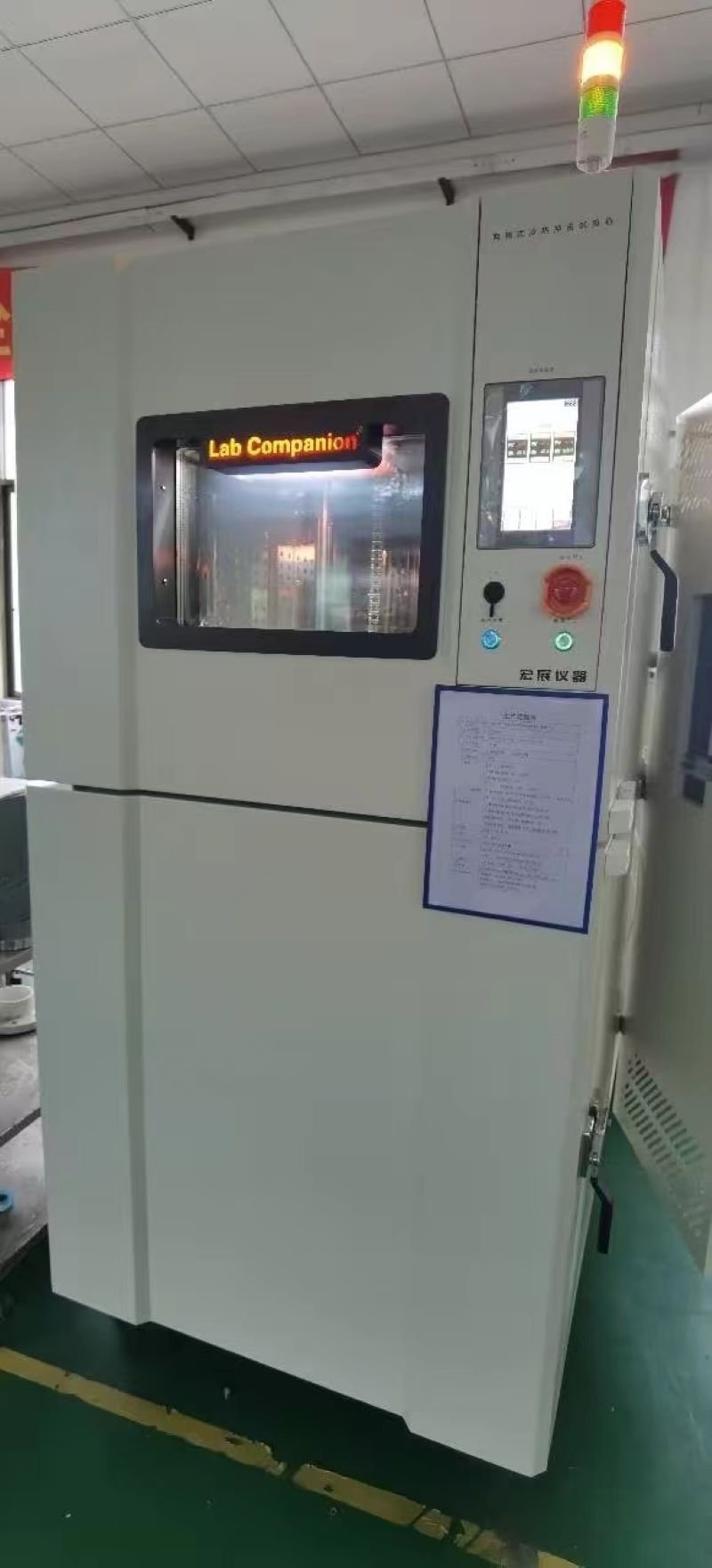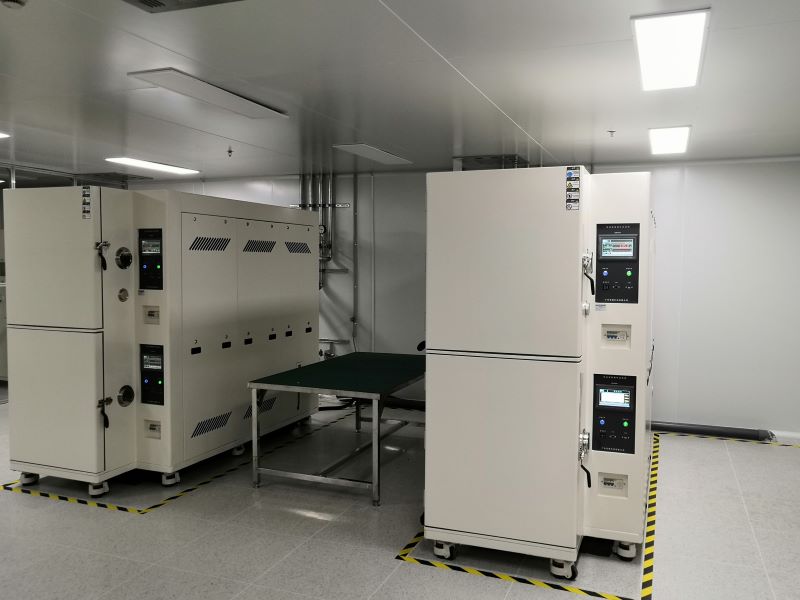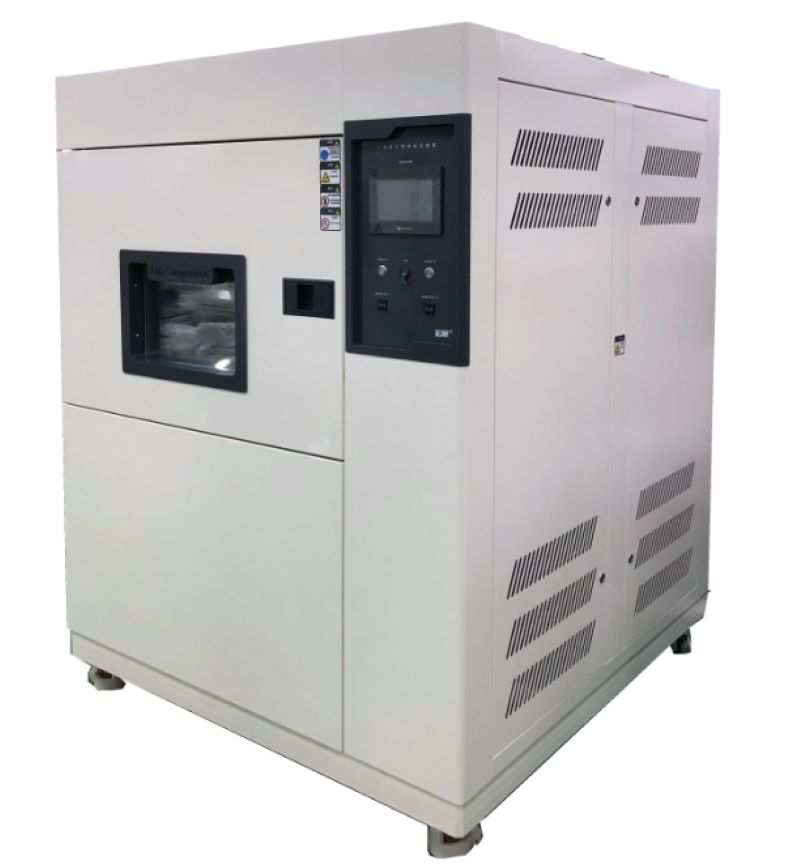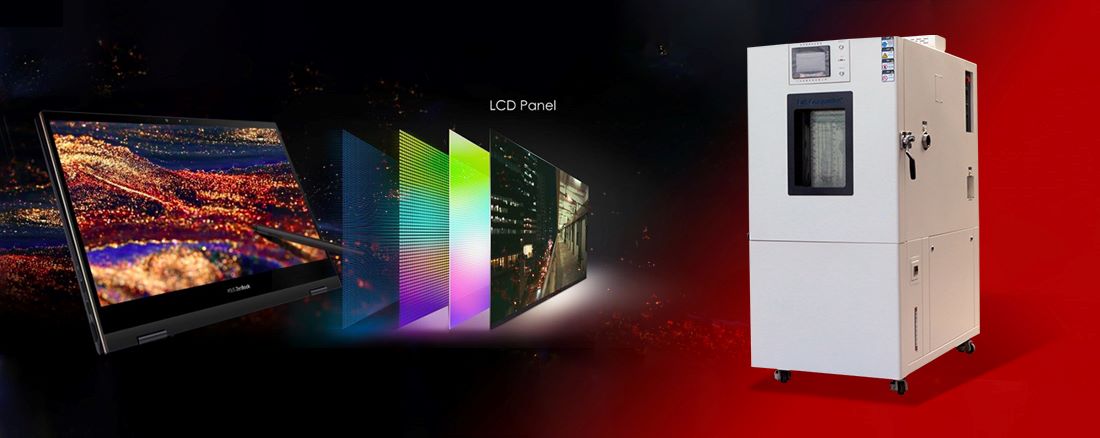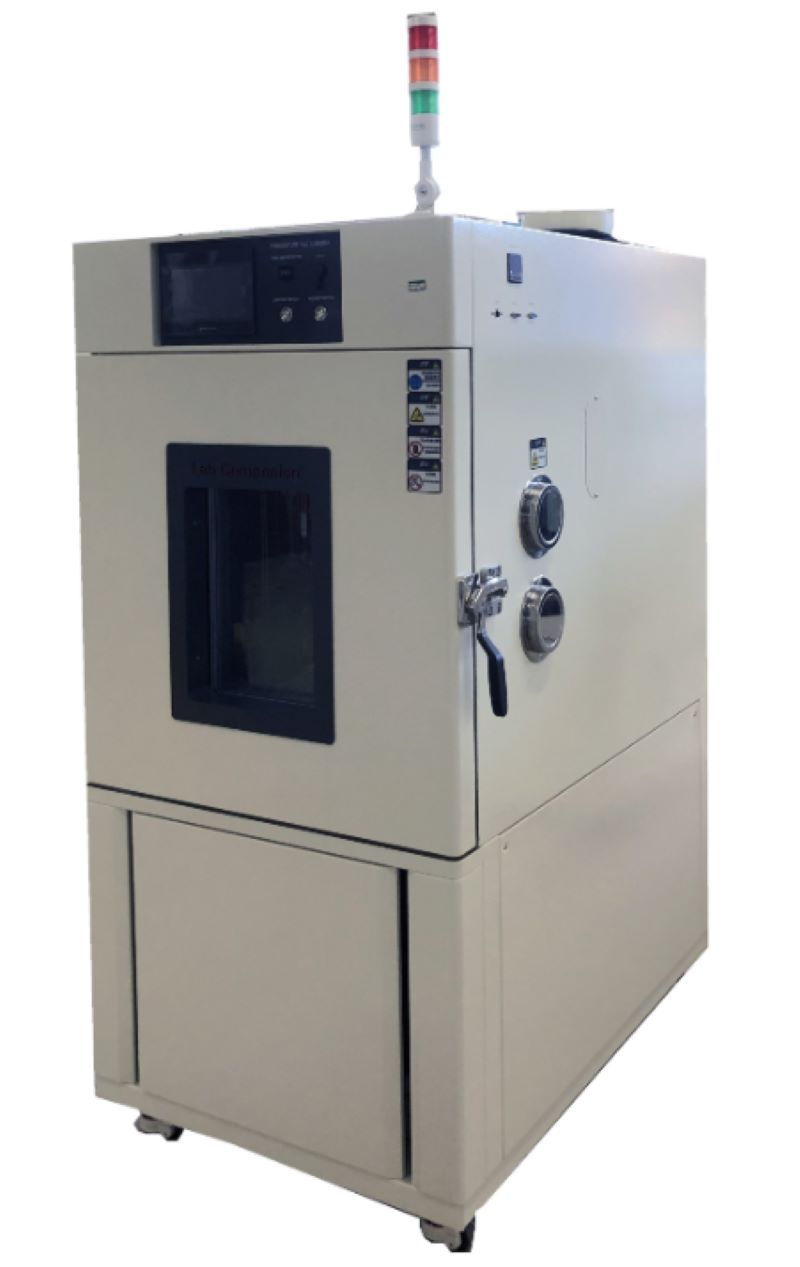Influence of Capillary Length of High and Low Temperature Test Chamber on Parameters of Refrigeration System
1. Influence on suction and exhaust temperature and pressure
With the same charge amount, the shorter the capillary, the larger the refrigerant flow rate, so the suction temperature and exhaust temperature will decrease; Similarly, when the capillary is constant, the larger the charge amount is, the larger the refrigerant flow rate is, and the suction temperature and exhaust temperature also decrease.
However, with the increase of flow, the inspiratory pressure also rises. For the exhaust pressure, the shorter the capillary is, the smaller the filling amount is. When the capillary length is constant, the higher the charge amount is, the higher it is.
2. Influence on condensing temperature and pressure
When the refrigerant charge is constant, the shorter the capillary tube is, the condensation temperature and pressure decrease.
When the capillary length is constant, the higher the charge amount, the higher the condensing temperature and pressure.
3. Influence on evaporation temperature and pressure
The shorter the capillary, the greater the evaporation temperature and pressure.
When the capillary length is constant, the higher the charge amount, the higher the evaporation temperature and pressure.
4. the influence of supercooling and superheat
When the refrigerant charge is constant, the longer the capillary is, the higher the supercooling degree and the superheat degree are.
When the capillary length is constant, the higher the charge amount, the greater the supercooling degree and the smaller the superheat degree.
5. Influence on cooling capacity, power consumption and performance coefficient EER
When the refrigerant charge is constant, the longer the capillary length, the smaller the power consumption, but the cooling capacity is also smaller, the EER is smaller.
When the charge amount increases to a certain extent, because of the influence of heat exchange temperature difference, the cooling capacity increases, and the EER also increases.
6. Design points of capillary system
(1) On the high pressure side, the reservoir is generally not used, in fact, whether the reservoir is used does not depend on what kind of throttling device, but depends on whether the operation of the entire system is needed, such as heat pump system, shutdown pump system.
(2) In the suction tube, it is best to use a gas-liquid separator.
Because when the capillary system is shut down, the high and low pressure side will balance and the evaporator will accumulate refrigerant liquid, the gas-liquid separator can prevent liquid shock and refrigerant migration.
(3) The high pressure side can accommodate all the refrigerant charged, which is to prevent the capillary blockage when the damage to the high pressure piping system and compressor.
(4) In the high load condition of the evaporator, because the capillary system can be fed back to the condenser side, the condenser should take into account whether the condensing pressure will be too high under this condition, so it is necessary to increase the condensing heat transfer area.
(5) The pipe between the condenser outlet and the capillary inlet should not accumulate refrigerant liquid.
One is that when the compressor is shut down, this part of the refrigerant liquid will evaporate because of the pressure drop, flow into the evaporator and condense, thus bringing some heat to the refrigeration space, which may have an impact on the closed space of the refrigerator, for the air conditioning, this part of the heat can be ignored;
Another is that this will delay the time of the balance of the high and low voltage side, which may cause problems when the low torque compressor starts again, which can generally be solved by increasing the delay in the control (in fact, this is also good for reducing the impact of the starting current on other electrical appliances or the grid).
(6) The capillary inlet must be filtered to prevent clogging, especially the HFC refrigerant used now, which is required to add a dryer in design.
(7) Before the refrigerant enters the capillary, it is best to have a certain degree of undercooling, which can be added to the evaporator by adding a section of undercooling tube, or generating heat exchange with the suction tube, so that the gas flash in the capillary is minimal, thereby increasing the cooling capacity and ensuring the refrigerant flow.
However, it should be noted that at low temperature conditions, the undercooling may be too large because there is a little return liquid in the suction tube, which increases the capillary flow rate, and in turn increases the undercooling degree, which may eventually cause the return liquid.
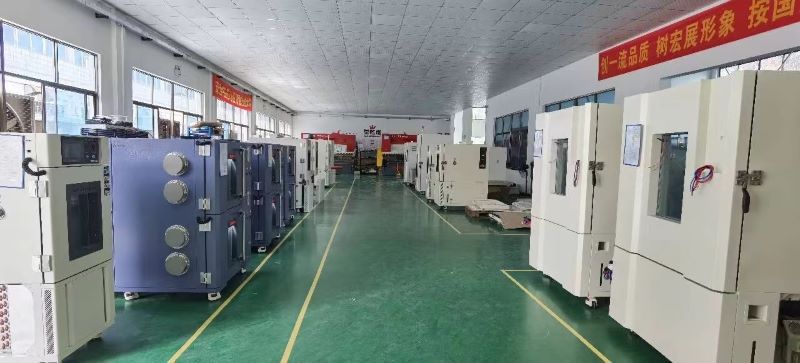

 Nowadays, diamond ring saw are more and more popular and work well in construction projects. It can cut hard materials like stone ,concrete,bricks,etc.
Nowadays, diamond ring saw are more and more popular and work well in construction projects. It can cut hard materials like stone ,concrete,bricks,etc.
